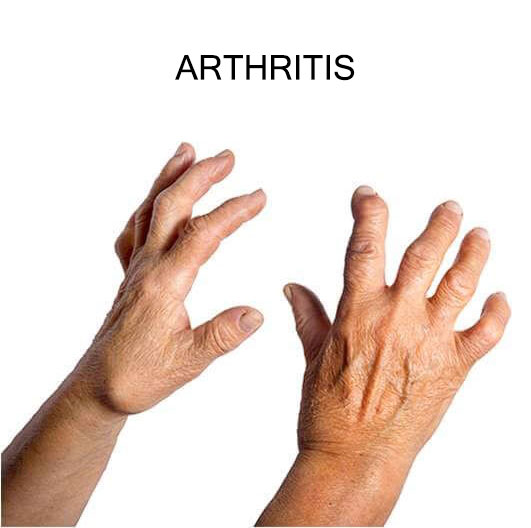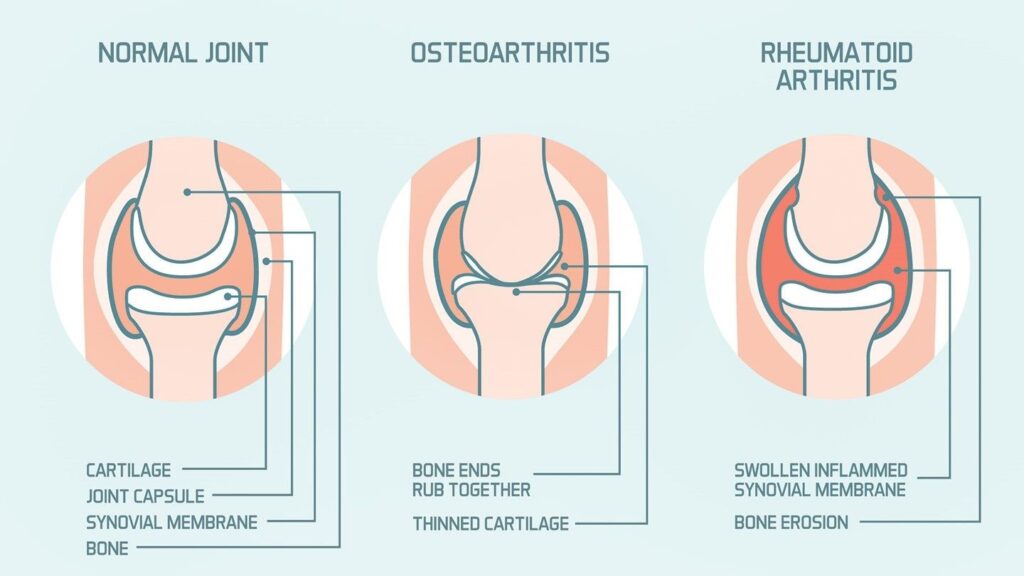Arthritis simply means inflammation of the joints. Arthritis is not a single Issue or disease. Arthritis, encompassing over 100 rheumatic diseases, can cause joint pain, stiffness, and swelling. Dr. Pranjel Pipara, Orthopedic Surgeon in Ahmedabad, Gujarat, offers comprehensive arthritis treatment. Any part of your body may become inflamed from arthritis or become painful. Some rheumatic disorders, including muscles, bones and internal organs, may lead to painful, even life-threatening symptoms, or can affect other parts of the body. Get diagnosed by an Orthosport in Ahmedabad, Gujarat.


